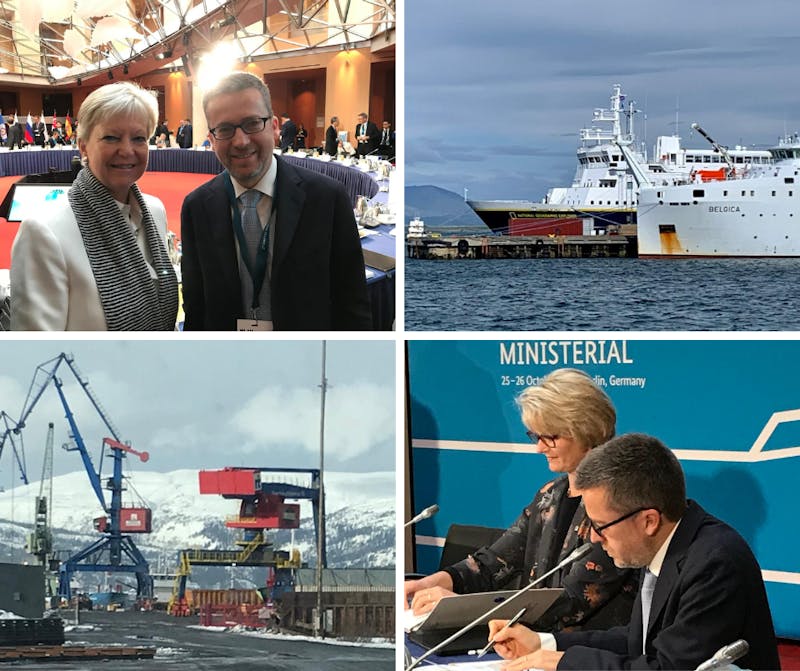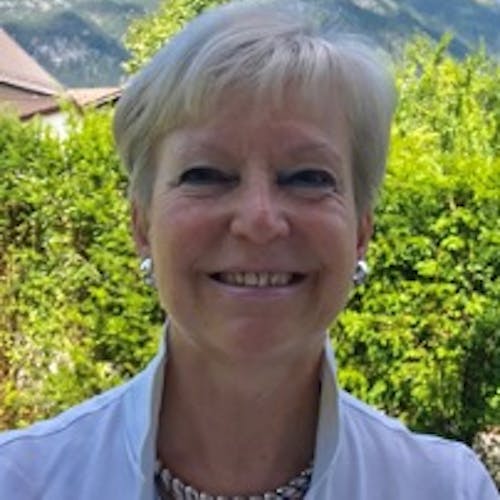Science Diplomacy and the Arctic
International science cooperation on climate: Science for Climate
Climate science is key to assessing the significant impact that climate change has on the fragile Arctic ecosystem and the people living in the region. But it is equally indispensable for the rest of the world, given how changes in the Arctic also have a global impact.
As expressed by the former EU Research Commissioner Carlos Moedas at the 2nd Arctic Science Ministerial: “Without science, we cannot understand the changes in the Arctic, and without science, we cannot prepare the future. Arctic science and research are essential to give evidence-based advice to policymaking processes.”
Major EU Research Programs, such as Horizon Europe, are focused on cooperation in Arctic science. The European approach is based on the promotion of networking and collaborative research in polar science, as well as bringing together different expertise, data and resources in a systematic manner. An illustration is the recent European Polar Science Week, marked by strong cooperation between the European Union (EU) and the European Space Agency, regarding polar science. Its aim was to bring together the European polar science community and to reinforce European cooperation for polar science.
Arctic research cooperation in the field of climate change has been impacted particularly by the paused cooperation between Russian and Western scientists due to the war and sanctions imposed on Russia. However, not all climate research has been affected in the same way. Some research cooperation is more disturbed than others. For example, research that requires long-term data such as permafrost research is likely to be most affected.
It is important to put these changes into perspective, without downplaying the issue. This is for the following reasons:
Firstly, Arctic science cooperation has by no means ended. On the contrary!
Already before the war, there was and still is, an impressive amount of Arctic science cooperation, without Russian participation. This was demonstrated at a seminar of the Polar Institute / Wilson Center on EU-US research cooperation related to the Arctic. It discussed the global importance of Arctic science and research, how science diplomacy supports the safety and stability of Arctic regions, and particularly the importance of US-EU scientific cooperation to build bridges of understanding in a world moving towards strategic competition. One example of the strong EU-US scientific cooperation related to the Arctic is the INTERACT Project, which involves a network of one hundred research stations in the Arctic and over 1000 researchers.
Moreover, we are witnessing a substantive increase of research cooperation elsewhere. The following examples are mentioned in a publication by the Academia European Bergen Special Report, on “The future of Arctic science and science diplomacy”:
The seven Western Arctic States have expanded partnerships between them. A stronger Nordic science collaboration is being established. Norwegian universities are building new scientific partnerships with Canada, the US, and Greenland. At the European level, scientists are connecting closer, sharing experiences, best practices, and data. EU programs, such the EU-Polar Net, the European Polar Board, and the EU Polar Cluster, are of high value in the current situation.
I would like to add the invaluable contribution of non-Arctic States to polar research to this already impressive list of increased scientific cooperation. Indeed, the need to increase cooperation among the like-minded has created opportunities for non-Arctic States. One example is Belgium, which has historically strong ties with the Arctic states, expertise in polar science and climate research, and a long tradition on multilateral cooperation. In May 2022, the IASC welcomed Belgium as the 24th new member country.
The changing landscape of scientific collaboration in the Arctic also offers the ‘opportunity’ to shift the focus of climate research to regions other than Russia. More studies by SIOS, the Svalbard Integrated Arctic Earth Observation System are now done in Greenland; and permafrost research by the German Alfred Wegener Institute has shifted to the American Arctic, after more than 30 years of scientific research cooperation with Russia on permafrost in Siberia.
The lack of scientific data from Russia is problematic, but strategies exist for scientists to close some of the data gaps. Scientists now cooperate more intensively with the earth observation community, providing opportunities for global space-based observations. Already now, the EU’s Space Program, COPERNICUS, with its Climate Change Services, helps researchers in understanding permafrost thaw, and its impact on infrastructure, society and people. The new Sentinel mission, the CIMR—Copernicus Imaging Microwave Radiometer—is particularly interesting for monitoring permafrost. Moreover, the (planned) Copernicus CO2M constellation of satellites will enable detailed monitoring of emissions of methane.
To summarize, some Arctic scientific cooperation might indeed be affected by the current global tensions, but it is not a black and white picture. New avenues and promising opportunities have been created.


